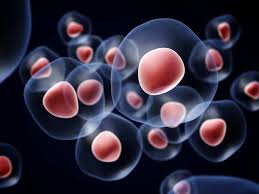
Embryonic origins of adult pluripotent stem cells
Highlights Summary Although adult pluripotent stem cells (aPSCs) are found in many animal lineages, mechanisms for their formation during embryogenesis are unknown. Here, we leveraged Hofstenia

Highlights Summary Although adult pluripotent stem cells (aPSCs) are found in many animal lineages, mechanisms for their formation during embryogenesis are unknown. Here, we leveraged Hofstenia
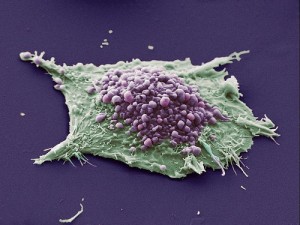
Abstract Squamous cell carcinomas are triggered by marked elevation of RAS–MAPK signalling and progression from benign papilloma to invasive malignancy1,2,3,4. At tumour–stromal interfaces, a subset
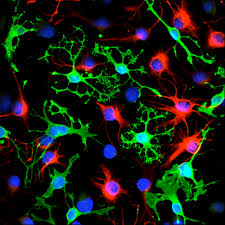
Highlights •hPSC maintenance conditions influence the quality of cortical organoid formation •Identification of an intermediate pluripotency state optimal for cortical organoids •MEF feeder support enhances

Highlights •A unified in vitro mouse embryo model derived exclusively from embryonic stem cells •Embryoids undergo advanced development to late headfold stages •Single-cell RNA sequencing shows similar transcriptional
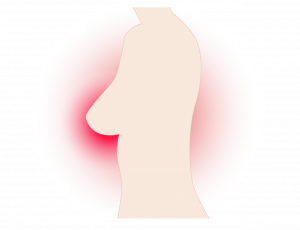
Significance The main finding reported here is that acetylation converts superoxide dismutase-2 (SOD2) from a mitochondrial antioxidant to a nuclear histone demethylase. The change in
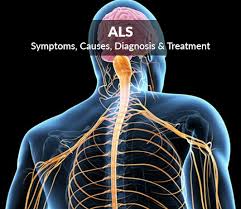
Abstract Amyotrophic lateral sclerosis (ALS) is a fatal disease characterized by aberrant alternative splicing (AS). Nuclear loss and cytoplasmic accumulation of the splicing factor TDP-43
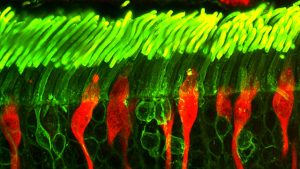
Highlights •In vivo multimodal imaging identified early signs of transplant rejection •Systemic immunosuppression was necessary for long-term survival of xenotransplants •Human donor photoreceptors integrated and differentiated mostly
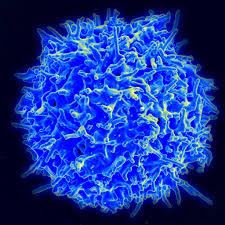
Abstract Fetal exposure to gestational diabetes mellitus (GDM) predisposes children to future health complications including type-2 diabetes mellitus, hypertension, and cardiovascular disease. A key mechanism
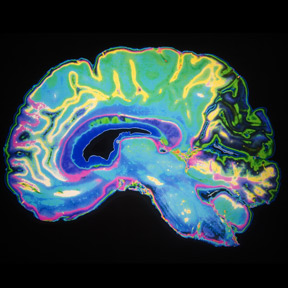
Highlights •Insulin receptor (INSR) is essential for adult SVZ neural stem cell self-renewal •INSR deletion causes hyposmia with increased olfactory bulb neurogenesis •Hippocampal stem cells
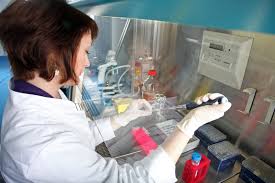
Abstract In pursuit of treating Parkinson’s disease with cell replacement therapy, differentiated induced pluripotent stem cells (iPSC) are an ideal source of midbrain dopaminergic (mDA)

Highlights •FOXG1 syndrome neural progenitor cells show slower G1 phase exit and proliferation •FOXG1 syndrome neural progenitor cells have increased frequency of primary cilia •Engineered FOXG1 dose correlates with
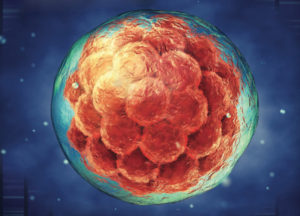
Abstract Totipotency emerges in early embryogenesis, but its molecular underpinnings remain poorly characterized. In the present study, we employed DNA fiber analysis to investigate how

Highlights • ZGA genes and transposable elements are expressed in 8CLCs but not in naive stem cells• DUX4 overexpression and spliceosome inhibition induce ZGA-like transcription•

Abstract Differentiation proceeds along a continuum of increasingly fate-restricted intermediates, referred to as canalization1,2. Canalization is essential for stabilizing cell fate, but the mechanisms that
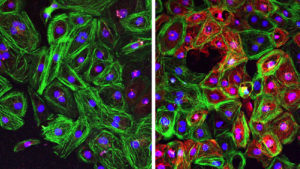
Muscle repair without stem cells Skeletal muscle is a mechanical organ that endures cellular damage after contraction. Lesions caused by external injury can be repaired
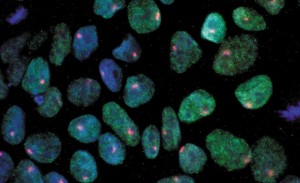
Highlights •ApoE4 ACM induces neuronal lipid raft expansion and Aβ42 overproduction •Co-localization of lipid rafts and APP increases in neurons by ApoE4 ACM •Increasing cholesterol in

Abstract Driver mutations in genes encoding histone H3 proteins resulting in p.Lys27Met substitutions (H3-K27M) are frequent in pediatric midline brain tumors. However, the precise mechanisms

Abstract Short-term, systemic expression of the Yamanaka reprogramming factors (Oct-3/4, Sox2, Klf4 and c-Myc [OSKM]) has been shown to rejuvenate aging cells and promote tissue regeneration in vivo. However, the
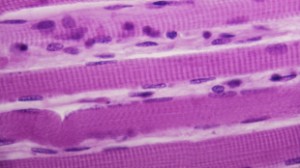
By studying how different pluripotent stem cell lines build muscle, researchers have for the first time discovered how epigenetic mechanisms can be triggered to accelerate
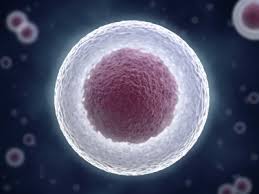
Abstract Induced pluripotent stem cells (iPSCs) are an established cellular system to study the impact of genetic variants in derived cell types and developmental contexts.
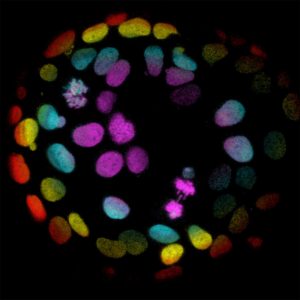
Highlights •Lung organoids express ACE2/TMPRSS2 and are permissive to SARS-CoV-2 infection •SARS-CoV-2 induces IFNs and cytokines/chemokines, and activates inflammasome pathway •SARS-CoV-2 infection in neurons activates
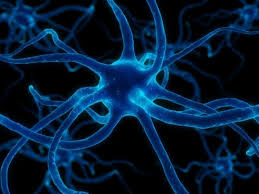
Highlights • Lamin B1 is downregulated with age in neural stem cells (NSCs)• SUN1 protein levels increase in aged NSCs• Lamin B1 and SUN1 modulate
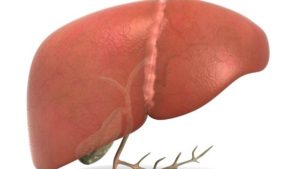
Zoning in on liver growth For organ homeostasis or regrowth after injury or disease, one or more stem cell populations is needed to rebuild lost
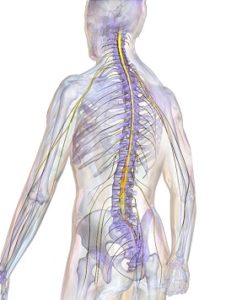
Abstract Background Although spinal cord injury (SCI) is a major cause of disability, current therapeutic options remain limited. Recent progress in cellular therapy with mesenchymal

Abstract Terminally differentiated murine osteocytes and adipocytes can be reprogrammed using platelet-derived growth factor–AB and 5-azacytidine into multipotent stem cells with stromal cell characteristics. We
Created by ePubSystems. Contact Us for similar site for your university or institute.